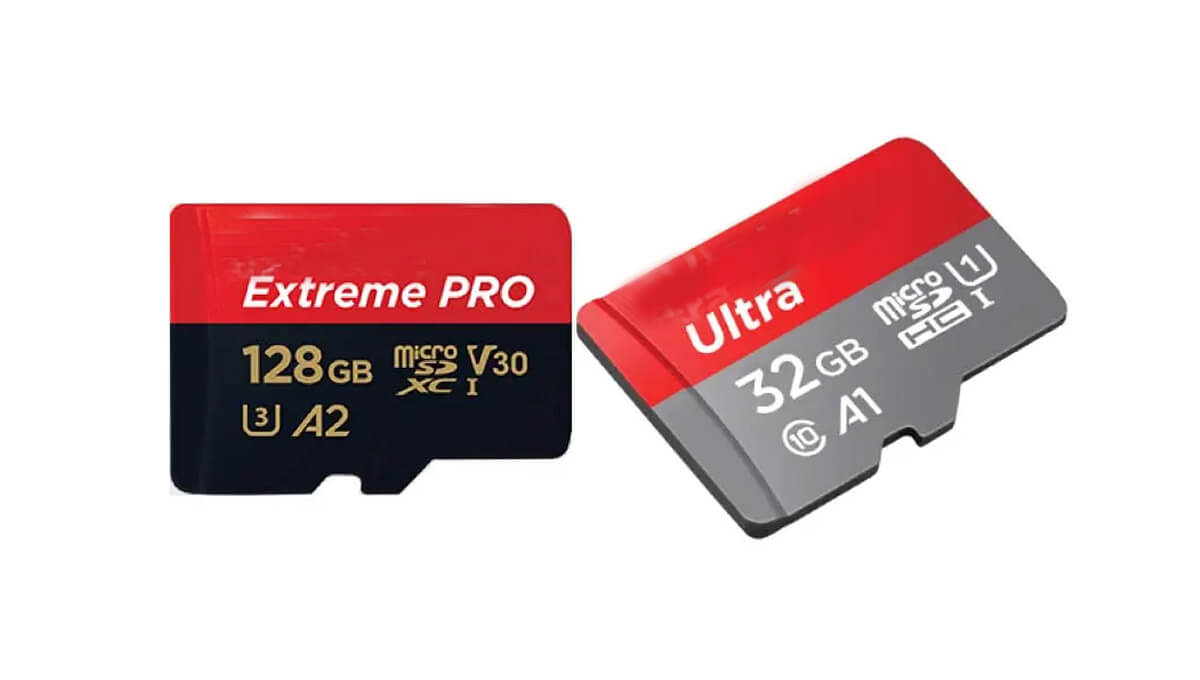TF card is the old name, which was officially renamed Micro SD Card in 2004, so the appearance of TF card usually indicates the name Micro SD.
Home surveillance cameras need to choose the right TF memory card. Those with too strong performance are wasteful and uneconomical. Bad performance and too poor quality will result in not being able to record video properly (write speed is too poor and unstable), or not being able to read video properly during playback (read speed is too poor and unstable), or even not being recognized after installed into the camera (quality is too poor). How to choose the right TF memory card for home surveillance camera?
Speed
The read/write speed of the TF card needs to meet the demand of video recording and playback. Video recording corresponds to the write speed of the TF card, and video playback corresponds to the read speed of the TF card, which must be greater than the write speed, so here we only consider the video write speed.
How much write speed is needed to record and store video locally via TF card depends on the size of the camera’s stream (i.e. bitrate). Currently, most common home security cameras have resolutions of 2, 3, 5, and 8 megapixels, usually encoded in H.265.
Even with H.264 encoding, a full HD (1080P) surveillance camera stream is less than 4MB/s, which means that a C4 grade TF card is able to meet the video writing speed requirements of a 1080P surveillance camera. C4 is speed class 4MB/s.
Capacity
How large capacity TF card you choose depends on the resolution (pixels) of the camera and how long the recording is kept.
Take the above mentioned 1080P, H.265 encoded camera as an example, the storage space needed to store 24 hours a day is 21.6G. (The actual storage space is also related to the code stream, frame rate, and other factors.)
The capacity of TF card is limited, and the number of days of video recording storage is limited. In order to extend the number of days of video storage, we can choose dynamic video recording, that is, there are moving situations in the monitoring screen, such as vehicles, human body movement, etc. This kind of video recording method can prolong the time of video storage when the capacity of TF card is limited, and at the same time, because the recorded video is the human body moving picture, it is more valuable than 24 hours uninterrupted video recording, and it is more convenient to playback.
TF card for video surveillance
There is no need to specifically use the so-called video surveillance TF card. This card and ordinary TF card is not much difference, just a method of marketing and promotion. It is more important to focus on the points mentioned above.
The maximum capacity that camera can support
Limited by the hardware performance, the manufacturer will indicate the maximum capacity TF card that camera can support. it is best not to use more than the recommended maximum capacity of the TF card, which may lead to recognition or instability situations.
Use TF card from a brand manufacturer
This is actually the key, if you use a TF card from an unknown source, then everything said above is meaningless.
Cloud Storage
If you are worried that the TF card storage is not safe, you can also open the cloud storage service, the video recordings are saved in the cloud server, even if the camera is damaged, TF card is damaged or stolen, etc., you can still play back previous video recordings from the cloud.

